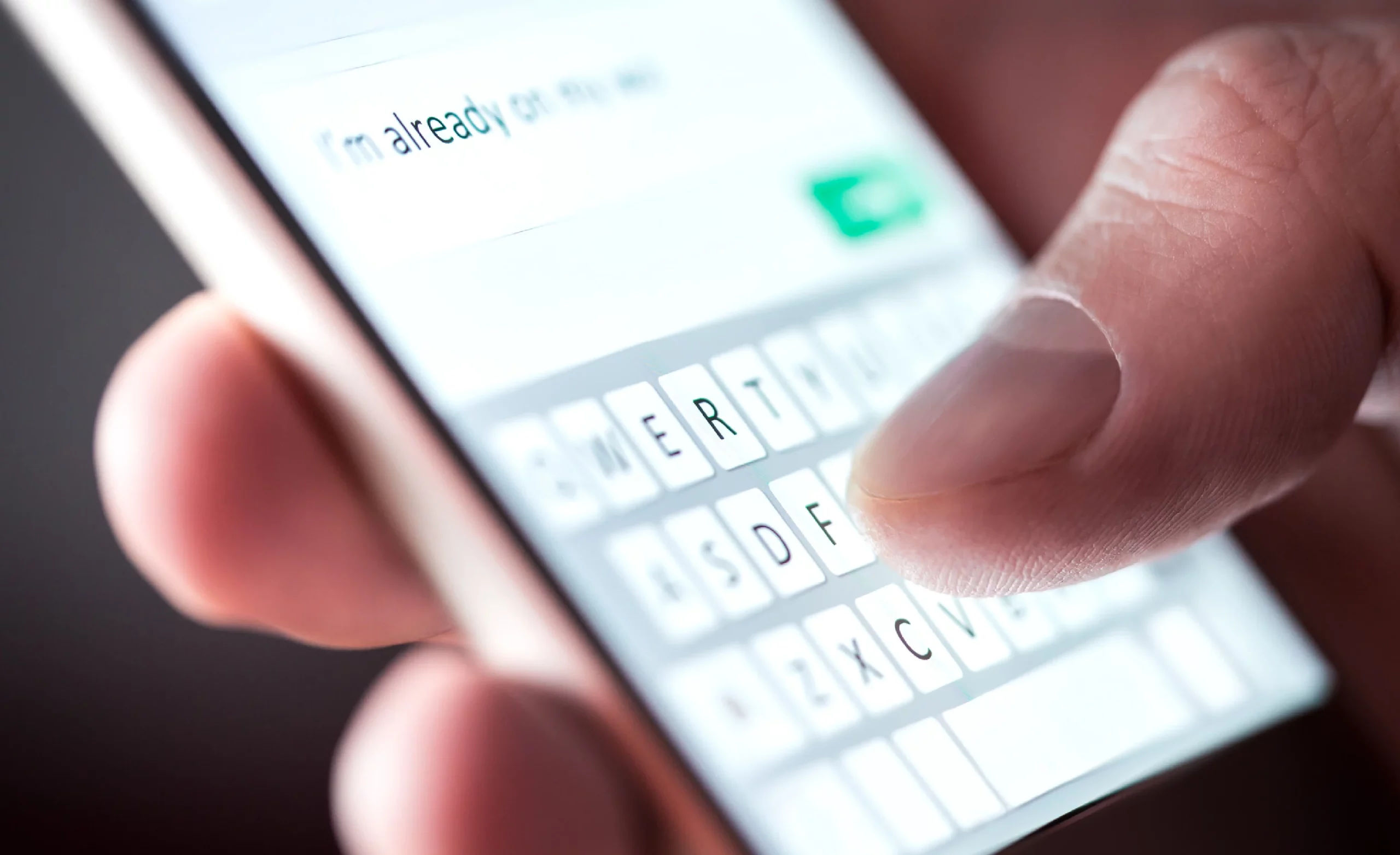Ensuring that a public facility is accessible to the visually impaired is not only a matter of regulatory compliance with the 1990 Americans with Disabilities Act, but it is also a way to create a welcoming, safe, and inclusive environment for all patrons.
With that in mind, here are several high-level suggestions to help you craft a public venue that is more accessible to the visually impaired.
Create a Safe, Easily Accessible Entrance
The entrance to your building should be directly accessible from the street and should be brightly marked with sharp visual and tactile contrast. If not, it may be difficult for the visually impaired to reach and identify it.
If the entrance path crosses an area used by vehicles, it should be marked by textured surfaces; any raised surfaces or steps should be marked with bright, contrasting warning stripes.
If entrance to your facility is restricted by an access control system and an intercom, make sure that this feature is raised and brightly marked.
Place Reception in a Central Location
Those with special needs and disabilities can rely heavily on human support to help guide them. Your reception desk should be located near your entranceway and brightly marked. Use bright lighting and visual contrast to identify it.
Installing a guidance path, bright markers on the floor, or even a queue system like a belt stanchion or barrier rope (also in a bright, contrasting color) can help provide tactile guidance to the reception desk.
Utilize Bright Lighting; Remove Impediments to Indoor Navigation
Bright lighting is a must in all public areas. You can make use of both natural and artificial light. Lighting should be bright, and uniform, and should not create shadows or dark areas. Overhead lighting is best; avoid floor lighting as it can create glare.
Remove overhead obstacles, as well as any trip hazards along rights of way. Other obstacles should be removed from hallways, doorways, and access points.
Brightly-contrasting guide paths, directional pavers, and where feasible, audio beacons can also be helpful.
Stairs should be visually marked with bright warning stripes, as well as textured, non-slippery noses. There should also be warning surfaces at the precipice of each flight, to facilitate the identification and to help prevent falls.
Safe flooring is also a must. Slippery floors are hazards to everyone, but more hazardous to those that will come upon them unexpectedly. Non-skid flooring is best; any slick surfaces such as tile or wood should be treated with a textured or non-slip overcoat.
Use Braille Room Number Signs
ADA-compliant braille room number signs, bathroom signs, and other room signs can be another helpful tool to assist the visually impaired in directing themselves around a building’s interior.
ADA-braille room number signs, especially those in bright, noticeable colors, can serve both the visual and tactile senses of the visually impaired in orienting and guiding themselves.
Get an Audit from Professional Accessibility Professionals
One more suggestion: ADA compliance can be confusing and overly complex to those unfamiliar with the law. You can reach out to a team of accessibility professionals to audit your site and make sure you are fully compliant – as well as to point out areas of your facility, that, though they might be technically compliant, could still be improved to create a more accessible interface.
For more information Braille Tactile Signs and Restroom Signs With Braille Please Visit : Braille Sign Pros LLC








